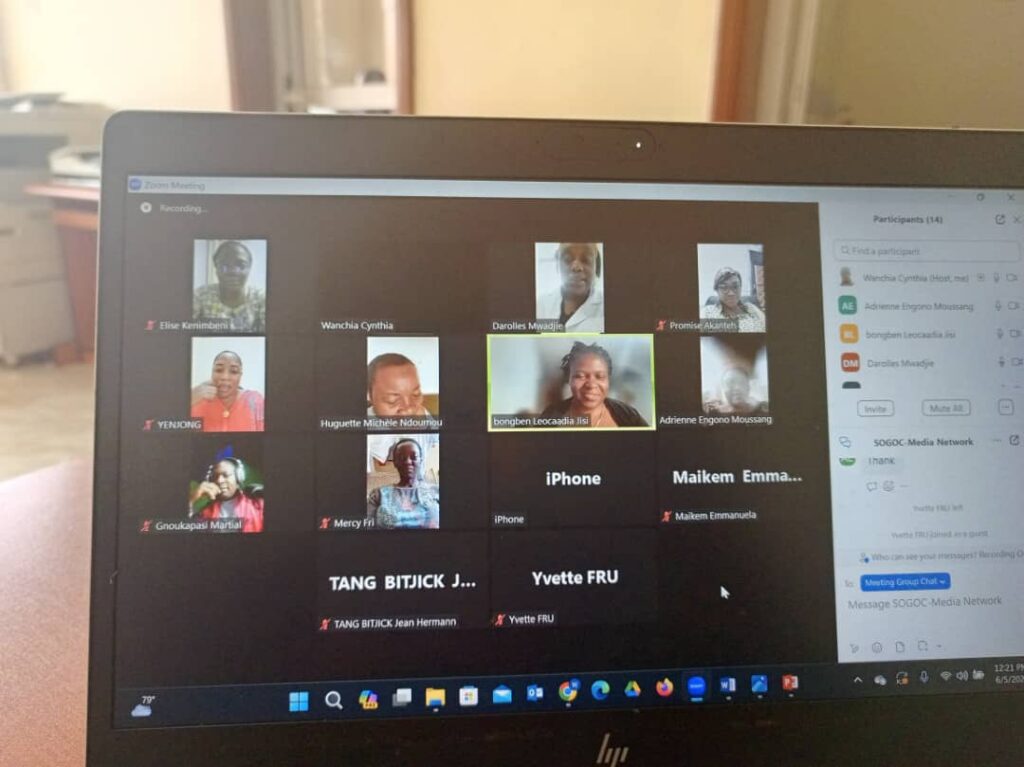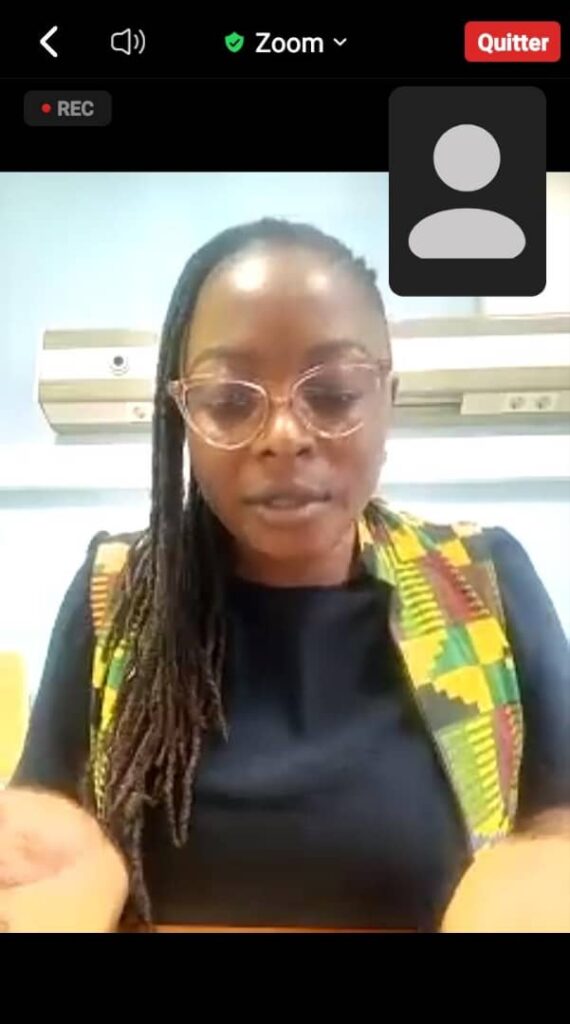Hospitals in Cameroon are increasingly witnessing cases where adolescents use objects and concoctions to terminate unwanted pregnancies.
Prof. Felix Essiben, a gynecologist and obstetrician who doubles as President of the Cameroonian Society for Adolescent Health, is worried about the increasing number of cases in hospitals where young people use objects and concoctions in an attempt to terminate unwanted pregnancies.
He addressed the risks of unsafe abortions among adolescents recently during a webinar with journalists within the context of the Advocacy for Comprehensive Abortion Care, ACAC project of the Society of Gynecologists and Obstetricians, SOGOC.

Essiben said adolescence, is the stage of life between childhood and adulthood, as defined by the WHO—a unique stage in human development, critical to laying the groundwork for long-term health.
“During this period, the adolescent learns a certain number of things in the family—good or bad, and impacts their lives. During this period, there is self-discovery, the environment, friends, and the discovery of the body, because they undergo modifications. These changes can occasionally lead to the discovery of experiments, good or bad,” the health expert stated.
Essiben said there are recurrent risky actions in society that warrant being highlighted. “Using pointed objects put via the vagina and uterine collar to induce pregnancy termination, the consumption of harmful substances, such as urine water, renders the adolescent vulnerable,” he said.
Other practices, he said, include the use of honey and chloroquine especially in high dosages, and plant-based concoctions put in the vagina, causing vaginal difficulties and effectively causing harm to the teenager’s sexual life as she grows older.
Essiben said that when these actions are repeated, the youngsters face imminent risks such as pain and vaginal bleeding, which, if severe, can cause shock and eventually death.
“Introducing pointed objects in the vaginal area can cause organ perforation. We frequently see women in the hospital with intestines and feces coming out of their vaginas,” he revealed.
The take-home message from Essiben was to understand that when a pregnancy occurs, it is too late, hence the need for prevention.
To prevent adolescent pregnancies, “improve youngsters’ access to education and information, particularly about sexual and reproductive health. By increasing access to services tailored to the requirements of youth and encouraging the use of contraceptives. Above all, to increase access to abortion care.”

During the webinar, Comfort Mussa, CEO of Sisterspeak237, reminded journalists how to frame reporting on adolescent health for them to receive, read, or listen to the reports.
“Get into the shoes of the adolescent, and be careful not to be out of touch with the experiences the young people are living. Use the terminologies they understand, and be friendly, someone they can play with and not all-knowing, ” she urged.
Do not lecture but engage in a more conversational tone. Feature young people, peer educators, and young experts in reports, she said.
Mussa highlighted that reporting should not be centered on problems, not crises; but also on the positive and amazing experiences of the adolescents.

